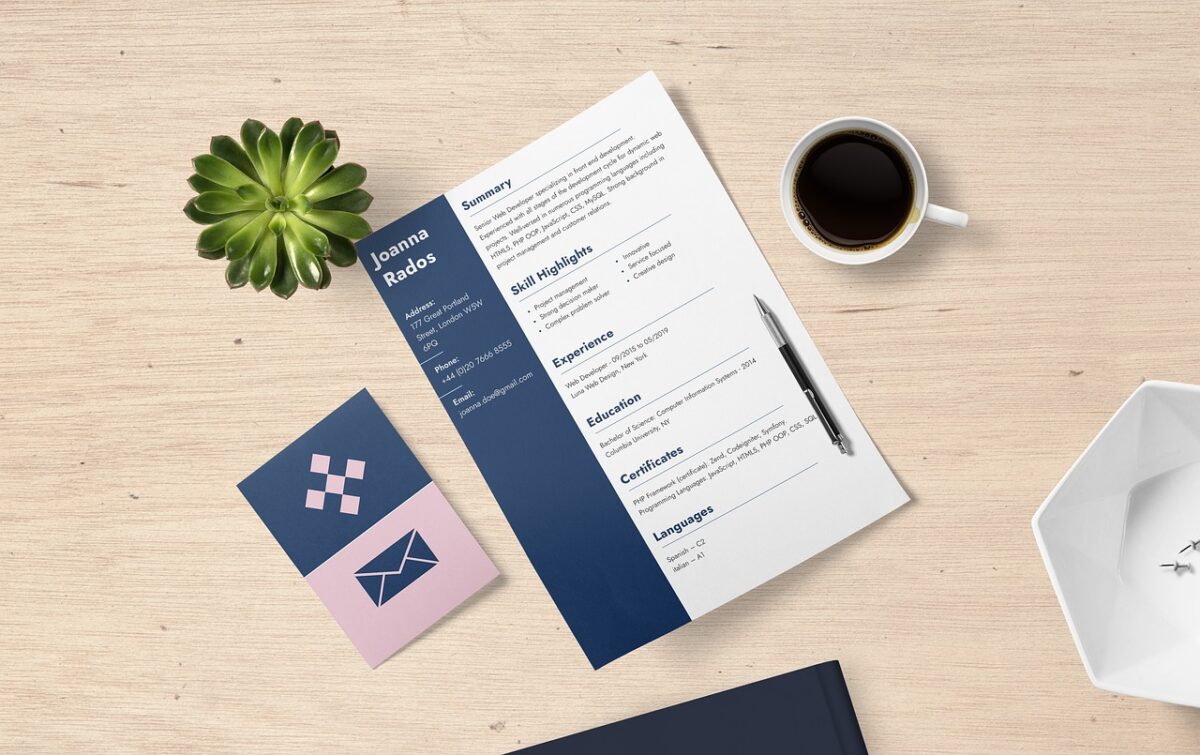CVs: Things You Didn’t Know

A CV is the first and the very crucial step you need to take towards landing your dream job. So, it is important that you get it right. Since CV’s give a peek into all that a job seeker is; it is natural for them to get tempted to add lots of information. While there are many who give in to the temptation, there are equally many who do everything right, yet don’t get called up for the interview. And this sometimes can happen! At some point you might have experienced that and even after doing all that was advised, you didn’t get the kind of response you were expecting to get from potential employers.
There are lots of articles available online that give out tips to write or update your CV. But very few point out exactly what you should be excluding from your CV.
Below are the list of do’s and don’ts of a CV.
CV Do’s:
- Use correct English (or your own language, if appropriate), with accurate spelling, grammar and punctuation.
- Make your CV “easy on the eye” for the reader. Use bullet points and frequent paragraph breaks to make the CV easy to scan, visually.
- Use clear and unambiguous language, avoiding jargon or complex technical terminology.
- Make it grab the reader’s attention and hold it by inspiring interest in what is being offered.
- Tell only the truth and do not mislead the reader in any way.
- Confine your CV to two pages only. The only exception to this is where you are in a particularly technical environment, where technical matters may be included in an appendix. In such a case the appendix may contain generally accepted technical terms.
- Include your essential personal data (name and contact details) at the bottom of page two as well as at the top of page one. This is only to guard against the possibility of the pages becoming separated. Smaller fonts can be used for the page two elements.
CV Don’ts:
- Brag or exaggerate your talents and achievements. You will be caught out.
- Leave out any commonly accepted essential requirements of name or contact details.
- Give details of current or past remuneration.
- Give references. These come later.
- Use slang or even common use abbreviation, unless it is part of everyday language.
- Never use “etc…”
- Oblige the reader to work things out for themselves. In particular ensure that all statistics or numbers are entirely self-explanatory and not contradictory.
- Leave gaps in the natural chronological seuence of previous roles.
- Use the heading “CV” or “Resume” or “Curriculum Vitae” That would be like using “Sales Literature” as a heading for a product promotional leaflet.
Remember that a CV serves a very narrow purpose. Its purpose is to get you an interview and then the job itself. Nothing more and nothing less. It needs to be a professional looking document that conveys all that the reader needs to know in order to conclude that you are worthy of an interview.
Use white and good quality paper (if printing your CV), and black ink. Avoid fancy colours and embellishments. They may make your CV stand out, but not in a good way and will do more harm than any possible good.
A CV covering letter should only be used to introduce the CV. Keep it brief, of one or two paragraphs and no more than half a page at most. The CV is to do the work, not the covering letter.
Remember, your CV is the Sales Document for you, the product! So, sell your self then reap the rewards!
To discover what employers and hiring managers are looking for, review the job scope for any role here.



